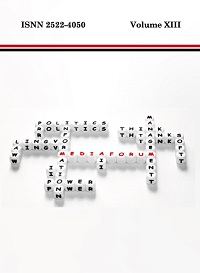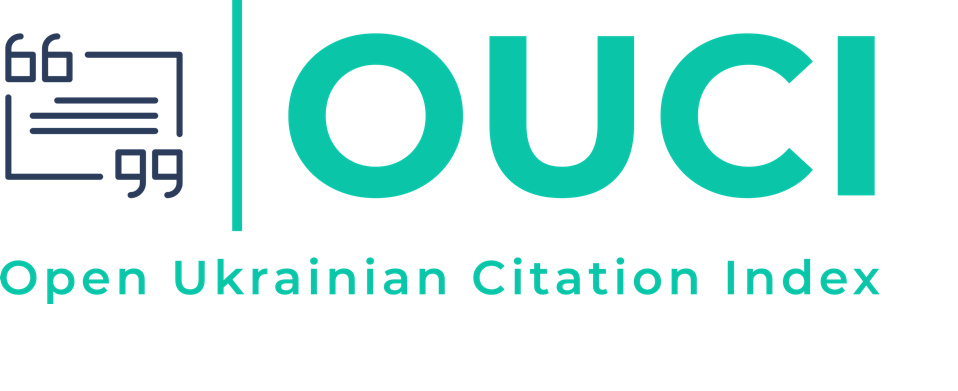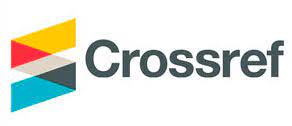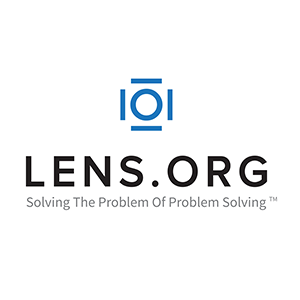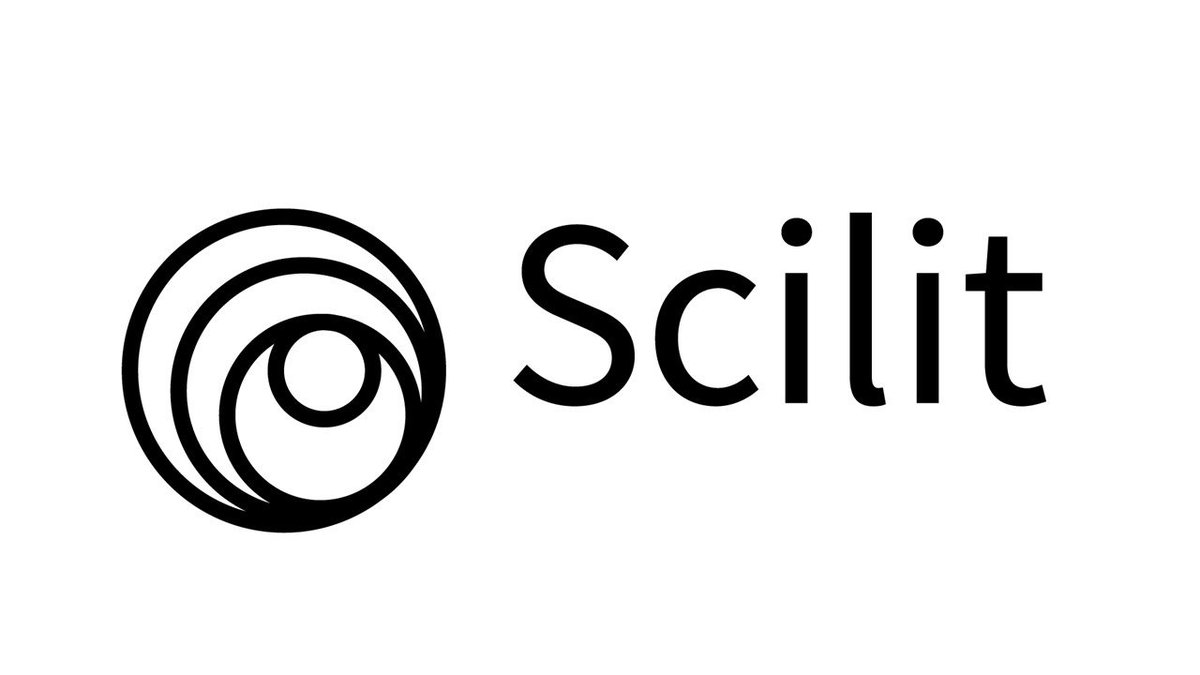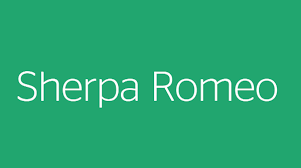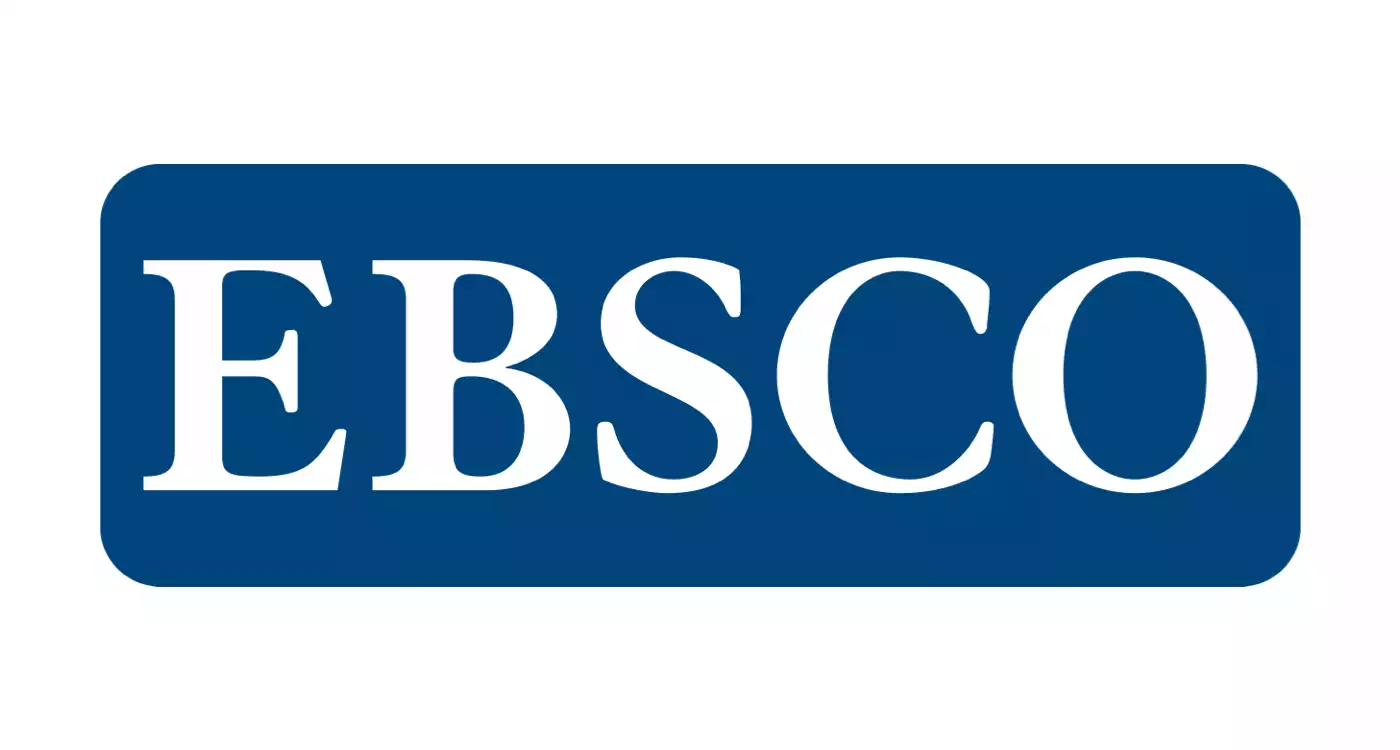Соціальні медіа у президентській виборчій кампанії США 2020 року
DOI:
https://doi.org/10.31861/mediaforum.2024.14.412-427Ключові слова:
США, вибори, соціальні медіа, боти, дезінформація, президентська виборча кампанія 2020 рокуАнотація
Демократія базується на здатності проводити чесні вибори, вільні від будь-яких форм втручання чи маніпуляцій. Сьогодні у світі спостерігається процес активного залучення соціальних мереж у різні сфери життя. Їх стали активно використовувати для спотворення громадської думки. Зокрема, ми бачимо зростання використання соціальних мереж в політиці, наприклад під час президентських виборів у США 2020 року. Присутність у соціальних мережах дозволяє нам говорити про можливий їх потенціал зміни певних демократичних принципів.
Ця стаття є елементом дослідження використання соціальних медіа в демократичних процесах Сполучених Штатах Америки. Особливу увагу приділяється президентській виборчій кампанії 2020 року. У роботі доведено, що соціальні медіа відіграють важливу роль у демократії Сполучених Штатів, зокрема під час президентських виборів у США 2020 року. Соціальні медіа, з їх недоліками та перевагами, значною мірою вплинули на результат виборів, насамперед збільшенню залученості громадськості та активізації політичної участі виборців. З іншого боку, соціальні медіа також викликали суспільну поляризацію в США та відкрили можливості для іноземного втручання. До виборів у США 2020 року іноземне втручання було відносно низьким, тому воно не мало достатнього впливу на результати виборів. Трамп і Байден стали двома кандидатами, які розуміли цей потенціал соціальних мереж і прагнули залучити виборців кожен у свій спосіб. Завдяки правильно структурованій стратегії Байден зміг досягти глибшої взаємодії через численні взаємодії в соціальних мережах. У результаті Байден переміг на виборах, зокрема і завдяки активному залученню соціальних мереж.
Завантажити
Посилання
Alessandro Bessi and Emilio Ferrara, 2016. “Social bots distort the 2016 U.S. presidential Election online discussion,” First Monday, volume 21, number 11, doi: https://doi.org/10.5210/fm.v21i11.7090
Andrew M. Guess, Brendan Nyhan, and Jason Reifler, 2020. “Exposure to untrustworthy websites in the 2016 US election,” Nature Human Behaviour volume 4, pp. 472–480. doi: https://doi.org/10.1038/s41562-020-0833-x
Baer, J. (2022). Social Media Usage Statistics for 2021 Reveal Surprising Shifts. Statista. https://www.convinceandconvert.com/social-media/social-media-usage-statistics/
Bimber, B. (2014). Digital Media in the Obama Campaigns of 2008 and 2012: Adaptation to the Personalized Political Communication Environment. Journal of Information Technology & Politics, 11(2), 130–150. https://doi.org/10.1080/19331681.2014.895691
Bucay, Y., Elliott, V., Kamin, J., & Park, A. (2017). America’s growing news deserts. Columbia Journalism Review. https://www.cjr.org/local_news/american-news-deserts-donuts-local.php
Charles Kriel and Alexa Pavliuc, 2019. “Reverse engineering Russian Internet Research Agency tactics through network analysis,” Defence Strategic Communications, at https://stratcomcoe.org/ckriel-apavliuc-reverse-engineeringrussian-internet-research-agency-tactics-through-network
Christopher A. Bail, Brian Guay, Emily Maloney, Aidan Combs, D. Sunshine Hillygus, Friedolin Merhout, Deen Freelon, and Alexander Volfovsky, 2020. “Assessing the Russian Internet Research Agency’s impact on the political attitudes and behaviors of American Twitter Users in late 2017,” Proceedings of the National Academy of Sciences, volume 117, number 1 (7 January), pp. 243–250. doi: https://doi.org/10.1073/pnas.1906420116
Christopher J. Galdieri, Jennifer C. Lucas, and Tauna S. Sisco, 2018. The role of Twitter in the 2016 US election. New York: Palgrave Pivot. doi: https://doi.org/10.1007/978-3-319-68981-4
Costa-Font, J., & Ljunge, M. (2022). Ideological spillovers across the Atlantic? Evidence from Trump‟s presidential election. European Journal of Political Economy, 102231. https://doi.org/10.1016/j.ejpoleco.2022.102231
Davis, K. (2021). Breaking down President Biden’s data-driven social media strategy. Martech. https://martech.org/breaking-down-president-bidens-data-driven-social-media-strategy/
Dror Walter, Yotam Ophir, and Kathleen Hall Jamieson, 2020. “Russian Twitter accounts and the partisan polarization of vaccine discourse, 2015–2017,” American Journal of Public Health, volume 110, number 5, pp. 718–724. doi: https://doi.org/10.2105/AJPH.2019.305564
Dutton, W. H. (2009). The Fifth Estate Emerging through the Network of Networks. Prometheus, 27(1), 1–15. https://doi.org/10.1080/08109020802657453
Emilio Ferrara, 2015. “‘Manipulation and Abuse on Social Media’ by Emilio Ferrara with Ching-man Au Yeung as coordinator,” ACM SIGWEB Newsletter (April), article number 4. doi: https://doi.org/10.1145/2749279.2749283
Emily Chen, Ashok Deb, and Emilio Ferrara, 2020. “#Election2020: The first public Twitter dataset on the 2020 US presidential election,” arXiv2010.00600, (1 October), at https://arxiv.org/abs/2010.00600
Federal Bureau of Investigation, and U.S. Department of Justice, 2018. “United States of America v. Internet Research Agency LLC” (16 February), at https://www.justice.gov/file/1035477/download
Ferrara, E., Chang, H., Chen, E., Muric, G., & Patel, J. (2020). Characterizing social media manipulation in the 2020 U.S. presidential election. First Monday, 25(11). https://doi.org/10.5210/fm.v25i11.11431
Fujiwara, T., Müller, K., & Schwarz, C. (2020). The Effect of Social Media on Elections: Evidence from the United States. SSRN Electronic Journal. https://doi.org/10.2139/ssrn.3719998
Garrett, R. K. (2019). Social media‟s contribution to political misperceptions in U.S. Presidential elections. PLOS ONE, 14(3), e0213500. https://doi.org/10.1371/journal.pone.0213500
Gayo-Avello, D. (2015). Social Media, Democracy, and Democratization. IEEE MultiMedia, 22(2), 10–16. https://doi.org/10.1109/MMUL.2015.47
Indigo J. Strudwicke and Will J. Grant, 2020. “#JunkScience: Investigating pseudoscience disinformation in the Russian Internet Research Agency tweets,” Public Understanding of Science, volume 29, number 5, pp. 459–472. doi: https://doi.org/10.1177/0963662520935071
Isaac, M., & Wakabayashi, D. (2017). Russian Influence Reached 126 Million Through Facebook Alone. The New York Times Company. https://www.nytimes.com/2017/10/30/technology/facebook-google-russia.html
Jones, J. (2020). In Election 2020, how did the media, electoral process fare? Republicans, Democrats disagree. Knight Foundation. https://knightfoundation.org/articles/in-election-2020-how-did-the-media-electoral-process-fare-republicans-democrats-disagree/
Julie Jiang, Emily Chen, Kristina Lerman, and Emilio Ferrara. 2020. “Political polarization drives online conversations about COVID-19 in the United States,” Human Behavior and Emerging Technologies, volume 2, number 3, pp. 200–211. doi: https://doi.org/10.1002/hbe2.202
Karami, A., Clark, S. B., Mackenzie, A., Lee, D., Zhu, M., Boyajieff, H. R., & Goldschmidt, B. (2022). 2020 U.S. presidential election in swing states: Gender differences in Twitter conversations. International Journal of Information Management Data Insights, 2(2), 100097. https://doi.org/10.1016/j.jjimei.2022.100097
Kaun, A. (2014). Jose van Dijck: Culture of Connectivity: A Critical History of Social Media. Oxford: Oxford University Press. 2013. MedieKultur: Journal of Media and Communication Research, 30(56), 3 p. https://doi.org/10.7146/mediekultur.v30i56.16314
Knoester, M., & Gichiru, W. P. (2021). Inquiry into the educational implications of voting practices of young adults in U.S. mid-term elections. The Journal of Social Studies Research, 45(4), 267–276. https://doi.org/10.1016/j.jssr.2021.05.003
Lee, S., & Xenos, M. (2019). Social distraction? Social media use and political knowledge in two U.S. Presidential elections. Computers in Human Behavior, 90, 18–25. https://doi.org/10.1016/j.chb.2018.08.006
Leonardo Nizzoli, Serena Tardelli, Marco Avvenuti, Stefano Cresci, Maurizio Tesconi, and Emilio Ferrara, 2020. “Charting the landscape of online cryptocurrency manipulation,” IEEE Access, volume 8, pp. 113,230–113,245. doi: https://doi.org/10.1109/access.2020.3003370
Lomborg, S. (2014). Social Media, Social Genres: Making Sense of the Ordinary. European Journal of Communication, 29(5), 641–642. https://doi.org/10.1177/0267323114539432
Lomborg, S. (2015). “Meaning” in Social Media. Social Media + Society, 1(1), 205630511557867. https://doi.org/10.1177/2056305115578673
Manjoo, F. (2017). How Twitter is being gamed to feed misinformation. He New York Times. https://www.nytimes.com/2017/05/31/technology/how-twitter-is-being-gamed-to-feed-misinformation.html
McKinney, M. S. (2021). Presidential campaign debates in the 2020 elections: debate scholarship and the future of presidential debates. Argumentation and Advocacy, 57(3–4), 149–156. https://doi.org/10.1080/10511431.2021.1963526
Mechkova, V., & Wilson, S. L. (2021). Norms and rage: Gender and social media in the 2018 U.S. mid-term elections. Electoral Studies, 69, 102268. https://doi.org/10.1016/j.electstud.2020.102268
NIC. (2021). Foreign Threats to the 2020 US Federal Elections. National Intele-gence Council Report Paper. https://www.dni.gov/files/ODNI/documents/assessments/ICA-declass-16MAR21.pdf
Owen, D. (2017). "The new media’s role in politics.” In The Age of Perplexity: Rethink-ing the World We Know. Penguin Random House. https://www.bbvaopenmind.com/en/articles/the-new-media-s-role-in-politics/
Persily, N., & Stewart III, C. (2021). The Miracle and Tragedy of the 2020 Election. SSRN Electronic Journal. https://doi.org/10.2139/ssrn.3790904
Samuel C. Woolley and Philip N. Howard, 2018. Computational propaganda: Political parties, politicians, and political manipulation on social media. New York: Oxford University Press. doi: https://doi.org/10.1093/oso/9780190931407.001.0001
Tankovska. (2021). Share of U.S. population who use social media 2008-2021. Statista. https://www.statista.com/statistics/273476/percentage-of-us-population-with-a-social-network-profile/
Thorsten Quandt, 2018. “Dark participation,” Media and Communication, volume 6, number 4 (8 November). doi: https://doi.org/10.17645/mac.v6i4.1519
Vosoughi, S., Roy, D., & Aral, S. (2018). The spread of true and false news online. Science, 35(9), 1146–1151. https://www.science.org/doi/10.1126/science.aap9559
Wallsten, K. (2010). „Yes We Can‟: How online viewership, blog discussion, campaign statements, and mainstream media coverage produced a viral video phenomenon. Journal of Information Technology and Politics, 2(3), 163–181. http://dx.doi.org/10.1080/19331681003749030
